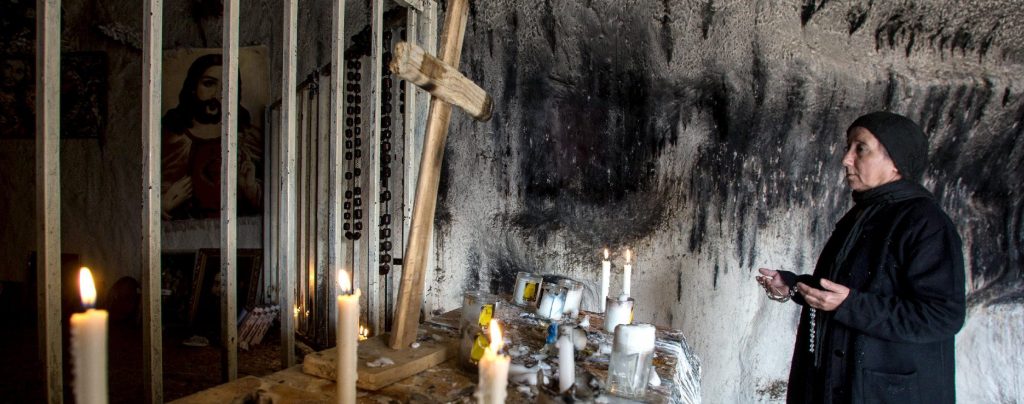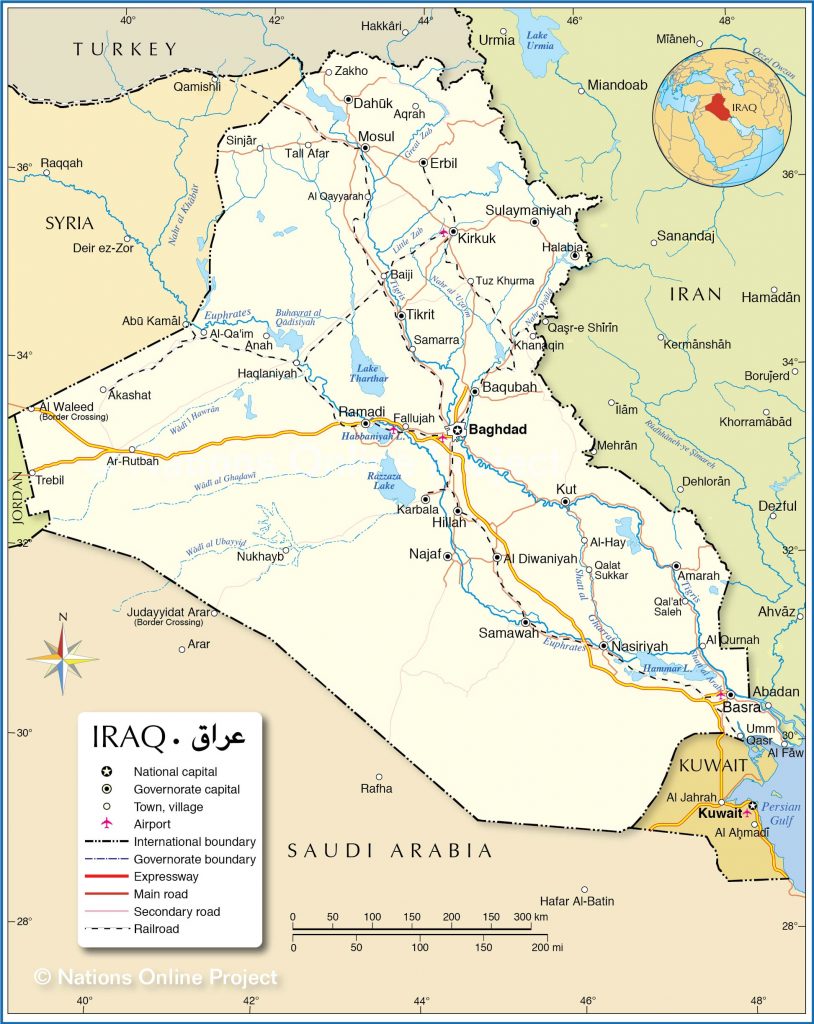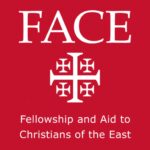
CHRISTIAN POPULATION
300,000 Christians
0.5 % of national population
Iraq
- Population: 40,150,000 (2020)
- Official languages: Arabic and Kurdish, as well as Sureth, which is spoken by the Christians (a variant of the Aramaic language spoken by Jesus Christ)
- Government type: Federal Republic (President: Barham Salih)
The Crisis
Hundreds of thousands of people have lost their homes as a direct result of the destruction inflicted by successive conflicts: 1.9 million have been displaced within the country, including 590,000 people in the Nineveh Valley. Over 8 million people are in desperate need, of which half are children.
Iraq and the Eastern Christians
Islam is the main religion in Iraq, of which 60% are Shiite and 40% are Sunni. Christians now represent around 0.5% of the population, of which two-thirds are Catholics (mainly Chaldean, Syriac and Armenian), and one-third are Orthodox and Assyrian. Yazidi and Sabian Mandaean communities are also present.
Christians have lived in this country for 2,000 years. Prior to 2003, Iraq had one of the largest Christian communities in the Middle East. However, since 1990, 80 percent of the Christian population has fled the country since 1990.
There are five distinct Eastern Churches in Iraq:
- The Chaldean Catholic Church, which accounts for 80% of Iraq’s Christians. The Church is based in Baghdad and is headed by its Patriarch, Cardinal Louis Raphaël Sako.
- The Syriac Catholic Church, which make up 8% of the Christian population and is concentrated in Mosul, Qaraqosh and Bashiqa in the Nineveh Plains.
- The Assyrian Church of the East, which make up 5% of the Christian population.
- The Armenian Catholic Church, most of whom have emigrated.
- The Oriental Orthodox Churches, mainly Syriac and Armenian.
There are also a small number of Christians belonging to Protestant churches.
Islam is the main religion in Iraq. Of the total population, 61 % are Shiite and 37 % Sunni. Christians represent less than 2 % of the population, of which two-thirds are Catholics (mainly Chaldean, Syriac and Armenian), and one-third are Orthodox and Assyrian. Yazidi and Sabian Mandaean communities are also present.
History
Iraqi Christians are the direct descendants of an ancient people – the Assyrians – who lived in Mesopotamia before the Christian era and who converted to Christianity in the 5th century before the arrival of Islam.
The Chaldean Catholic Church, to which most Iraqi Christians belong, is an Eastern Catholic particular church which arose out of a schism within the Church of the East in the 5th century but which later found communion with the Bishop of Rome, in 1553.
Today the Chaldean Church is in full communion with the Holy See and the rest of the Catholic Church, and is headed by the Chaldean Catholic Patriarch of Babylon. Employing in its liturgy the East Syriac Rite in the Syriac language, it is part of Syriac Christianity.
- In 1932, Christians made up more than 20% of the national population.
- In the 1970s, the country experienced the first exodus of Christians, caused by the deteriorating socio-economic conditions.
- In the 1980s the male Christian population suffered huge losses in the Iran-Iraq War.
- In the 1990s, following the Gulf War, the Christian population continued to dwindle.
- In 2005, the Christian population was 5% of the national population.
- In 2008, the Christian population had dropped to 2%.
- In 2014-17, the Islamic State occupied a large part of northern Iraq, forcing the Christian population to flee to the Kurdistan region of north-eastern Iraq. Others emigrated abroad, in particular to Australia, North America and the UK.
- In 2017, following the liberation of northern Iraq, Christian families began to return to their homelands in the Nineveh Plain.
- In 2021, the Christian population is less than 300,000 and may be as low as 250,000.
Our projects in Iraq
We are supporting many projects in the Nineveh Plain to allow Christians to rebuild their homes and churches, and to re-settle.
For example:
- To supply furniture and equipment for the new Al-Tahira secondary school run by the Dominican Sisters in Qaraqosh.
- To construct and equip Mercy House in Sulaymaniyah, a new care home and clinic for the elderly specialising in the treatment of Alzheimer’s disease – the first such clinic in Iraq.
- To support a joinery and carpentry workshop which is training a team to craft and produce: pews, tables and altars for desecrated churches; roofs, doors and window frames for damaged houses; and furniture for care centres and schools. successive conflicts

By kind permission of The One World Nations Online
